This classic Irish soda bread is a must-have on St. Patrick’s Day or at any dinner celebrating Irish heritage. The golden, crunchy crust and pillowy soft inside compliment the stronger flavors of a traditional Irish feast. Simple and always delicious, this quick bread consists of just a few ingredients and can be ready in less than an hour. Enjoy it piled high with corned beef and cabbage, or savor its simplicity with a slathering of creamy Irish butter.

This post may contain affiliate links. I may earn compensation when you click links, at no additional cost to you. This helps our site continue to produce great content. Thank you for your support!
What is Irish Soda Bread?
Irish soda bread is classified as a quick bread because it does not contain yeast. Instead, it rises as the result of a chemical reaction between baking soda and buttermilk. Since the buttermilk is acidic, it causes carbon dioxide to be released when it is combined with baking soda. That’s what gives this traditional bread its volume.
Interestingly, Irish soda bread has been around longer than baking soda. Before baking soda was introduced in 1846, other methods were used to cause the bread to rise. In the early 1800s, barm, or the foam that forms when a beer is poured, was used in place of baking soda.
There’s also evidence that suggests Native Americans were making something similar to Irish soda bread long before Irish immigrants brought their bread to America. By combining wood ashes with a corn-based dough, they created a leavening process similar to the chemical reaction caused by baking soda and buttermilk. It wasn’t nearly as fluffy, but I’m impressed with the ingenuity nonetheless. I’m not sure I’d be impressed with the taste of ashes in my food, but if they liked it, good for them!

Are There Other Types of Irish Soda Bread?
The soda bread recipe that I use today is typical of Southern Ireland. The flour mixture is kneaded, formed into a round, and a cross is cut into the top. It is then baked in an oven and served by the slice. While we call it Irish soda bread, folks in Southern Ireland refer to it as cake.
The Irish soda bread of Northern Ireland is a little different. While the ingredients remain the same as their southern counterparts, the dough is divided into four triangular-shaped parts. Instead of baking, the dough portions are fried on a griddle. Northern Irish call these delicious morsels farls, which means four-parts.
Of course, every family has its own Irish soda bread recipe. Over the years, currants, raisins, orange zest, and caraway seeds have become popular additions to the original recipe. While some continue to call it Irish soda bread, the dried fruit version has come to be known as Spotted Dog.

Why Does Irish Soda Bread Have a Cross?
Sometimes traditions have been done for so long that the original reason behind it is lost. That’s the case with the cross atop Irish soda bread. But there are some well-educated guesses out there.
Since Irish soda bread was a traditional food served on St. Patrick’s Day, some people theorize that the cross is meant to be a blessing to those who partake in the meal. St. Patrick’s Day occurs during the Christian season of Lent, a time of repentance and somber reminders of Christ on the cross.
Another reason is a practical one. Slitting the dough allows the bread to rise without cracking the crust. Anyone who has made banana bread is familiar with the trademark crack along the surface, so astute bakers may have sought to remedy that type of crack in their soda bread.
I think that the correct answer is a combination of both of these. I can easily visualize a mum in her kitchen, preparing bread for the upcoming holiday. Perhaps she wanted to be creative, or perhaps she wanted to remind her family of the Lenten season. But when the result was a smooth crust, she likely passed her newfound knowledge on to her friends and family…thus beginning a tradition!

Directions
- Preheat oven to 375F.
Grease the surface of a baking sheet or stone with butter or shortening. Set aside.
- Sift together the flour, sugar, baking powder, baking soda, and salt.

- Add the softened butter. Use a pastry blender or two forks to cut the butter into the flour mixture until it resembles fine crumbs.

- Add the buttermilk all at once. Use a fork to toss until all ingredients are just moistened. Do not overmix.

- Lightly flour a pastry board or other hard surface. Gather the dough into a ball and knead until smooth, about 1 minute. Shape the dough into a ball and place on greased baking sheet.

- Flatten the dough into a round about 7u0022 in diameter and 1 1/2u0022 thick. Use a large, flour-coated knife to cut halfway through the center of the dough. Repeat, placing the knife at a right angle, to form a cross.

- Bake the bread for 30 minutes or until the top is golden brown and sounds hollow when thumped. Brush the top of the bread with melted butter. Cool on a rack.

Serve Up a Traditional St. Patrick’s Day Meal
- Check out our favorite Beer Braised Corned Beef recipe for a delicious new way to cook your meat.
- Steam cabbage on the stovetop instead of throwing it in with your corned beef. The difference in texture is amazing!
- Roast potatoes in broth with dill for a savory side dish that compliments your meal.
Classic Irish Soda Bread
Course: BreadsDifficulty: Easy10
servings15
minutes30
minutes45
minutesSimple and always delicious, this classic Irish soda bread is a must-have on St. Patrick’s Day or at any dinner celebrating Irish heritage.
Ingredients
2 cups all-purpose flour
2 tablespoons sugar
1 teaspoon baking powder
1 teaspoon baking soda
1/2 teaspoon salt
3 tablespoons butter, softened
3/4 cup buttermilk
Flour for kneading
1 tablespoon butter, melted
Directions
- Preheat oven to 375F.
Grease the surface of a baking sheet or stone with butter or shortening. Set aside. - Sift together the flour, sugar, baking powder, baking soda, and salt.
- Add the softened butter. Use a pastry blender or two forks to cut the butter into the flour mixture until it resembles fine crumbs.
- Add the buttermilk all at once. Use a fork to toss until all ingredients are just moistened. Do not overmix.
- Lightly flour a pastry board or other hard surface. Gather the dough into a ball and knead until smooth, about 1 minute. Shape the dough into a ball and place on greased baking sheet.
- Flatten the dough into a round about 7″ in diameter and 1 1/2″ thick. Use a large, flour-coated knife to cut halfway through the center of the dough. Repeat, placing the knife at a right angle, to form a cross.
- Bake the bread for 30 minutes or until the top is golden brown and sounds hollow when thumped. Brush the top of the bread with melted butter. Cool on a rack.
Notes
- Many people enjoy Irish Soda Bread with currants, raisins, or caraway seed. Try adding 1/2 cup of raisins or currants, or 1 teaspoon of caraway seeds before adding the buttermilk.
- Irish Soda Bread is best if you make it the same day that you are planning to serve it.
Chicken Soup with Dumplings is a participant in the Amazon Services LLC Associates Program, an affiliate advertising program designed to provide a means for sites to earn advertising fees by advertising and linking to Amazon.com.


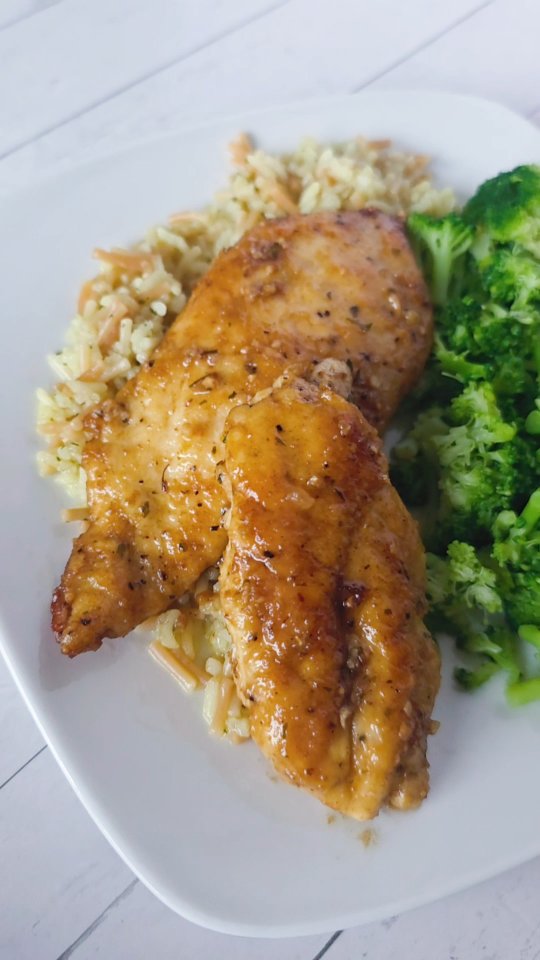








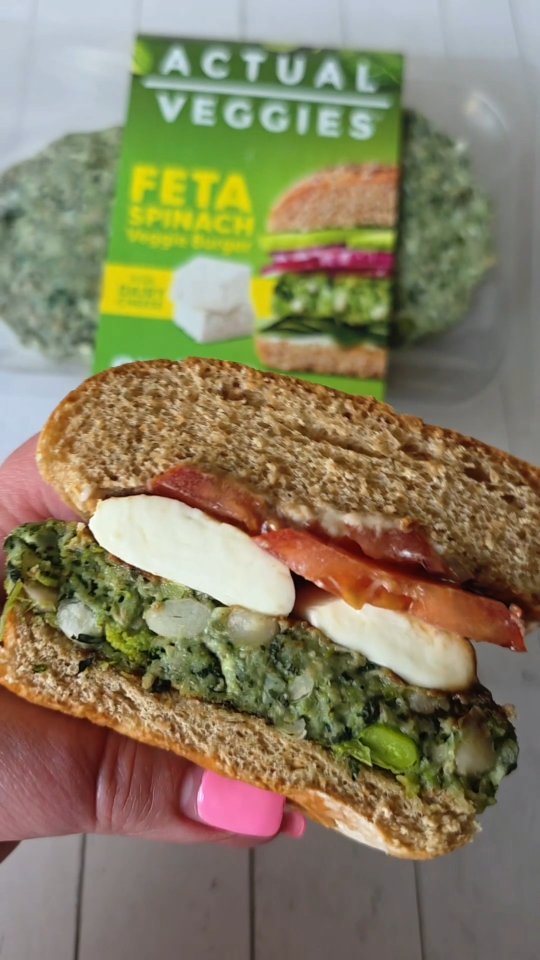

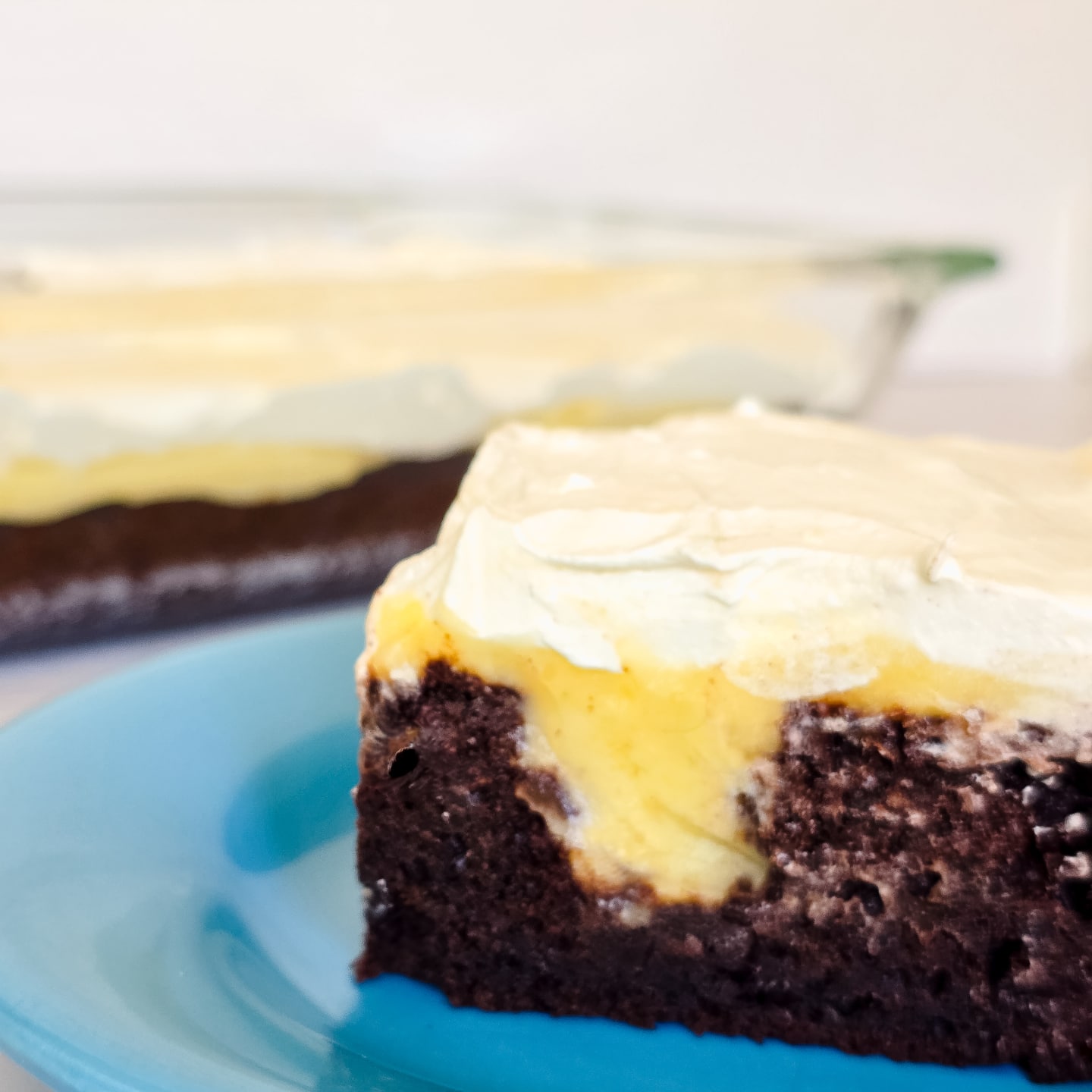





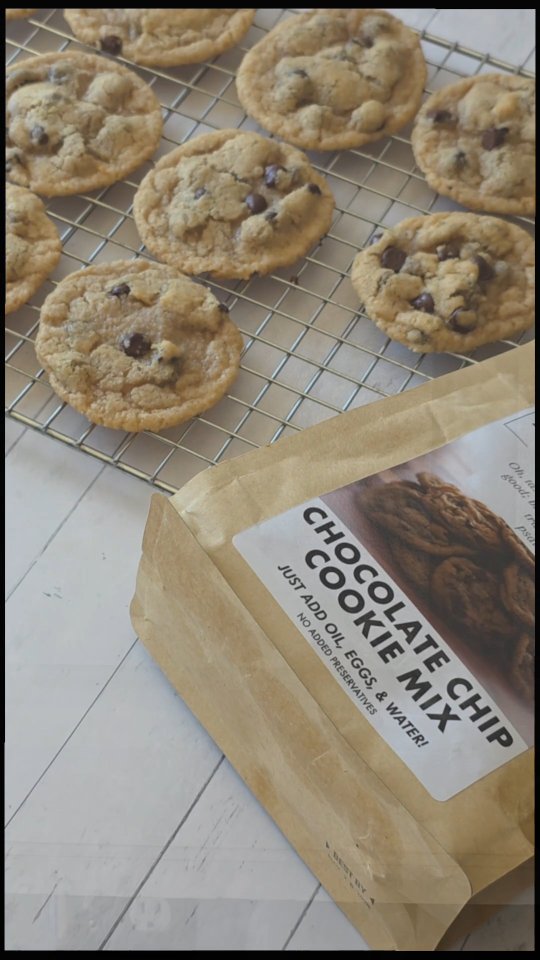
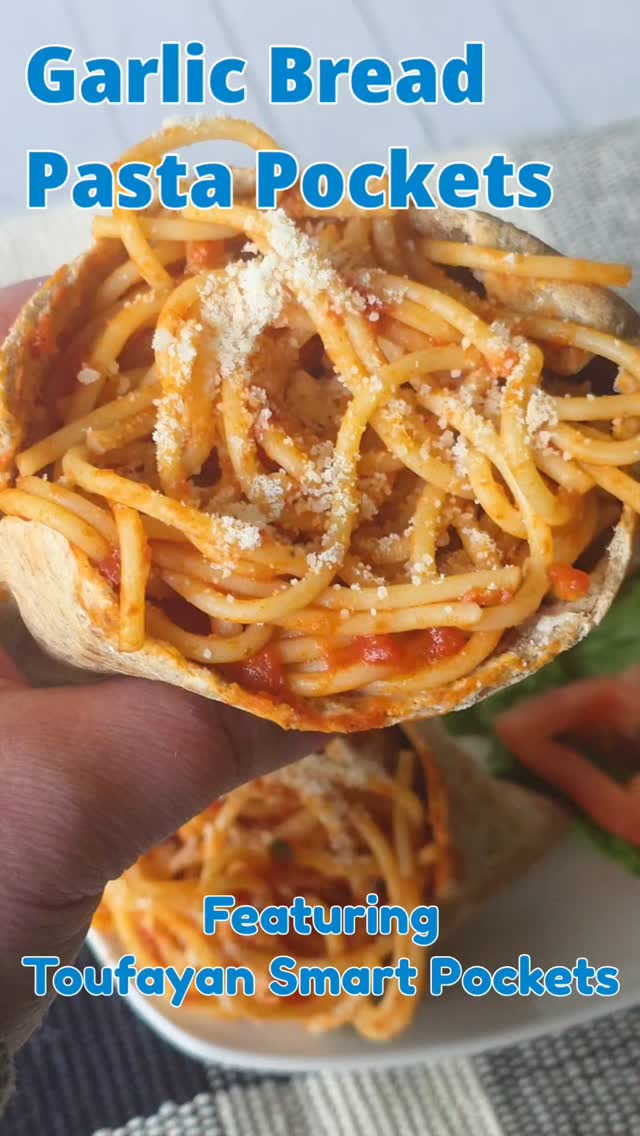


I’ve been wanting to make Irish Soda Bread. This is perfect. I think I can swap out ingredients for vegan versions.
The butter should be no problem for substitution. I’m not sure what vegan milk substitutions are like, but you’ll need to find something slightly acidic so the bread will rise. I know with regular milk you can add a bit of vinegar to it for the same effect. I hope you’re able to find something you can use!
I’m so making this tomorrow. We’ve never had a “traditional “ st Patrick’s day dinner. It doesn’t appeal to me. But this yummy bread will go beautifully with the soup I’m making.
To me, it tastes similar to sourdough. I think it’d be scrumptious with soup!
This is perfect! I was wondering what to serve with my favorite meal of the year and you just answered it. I can’t wait to make this tomorrow!!
I hope you enjoy it as much as we do! It’s also really good toasted with a fried egg on top if you have leftovers.